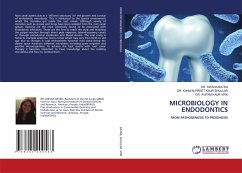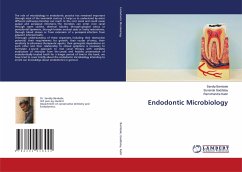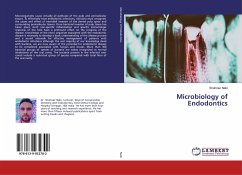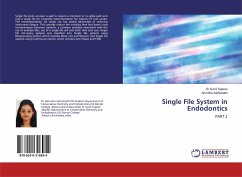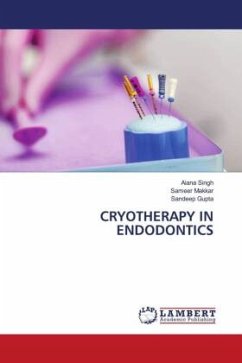Root canal system acts as a 'affluent sanctuary' for the growth and survival of endodontic microbiota. This is attributed to the special environment which the microbes get inside the root canals. Although variety of microbes such as viruses and fungi have been isolated from the root canal system, bacteria are the most commonly found to be associated with Endodontic infections. These are the first to reach the pulp and initiating the pulpal reaction through direct pulp exposure, lateral/accessory canals or through periodontal membrane and blood stream. The oral cavity is home to multiple anatomic micro niches which may vary from birth to old age due to changes in oral environment however root canal being the closed space harbours different microbiota including gram negative and positive microorganisms. To achieve the best results with root canal therapy it becomes important to have knowledge about the residing microbiota and how to combat them.
Bitte wählen Sie Ihr Anliegen aus.
Rechnungen
Retourenschein anfordern
Bestellstatus
Storno

